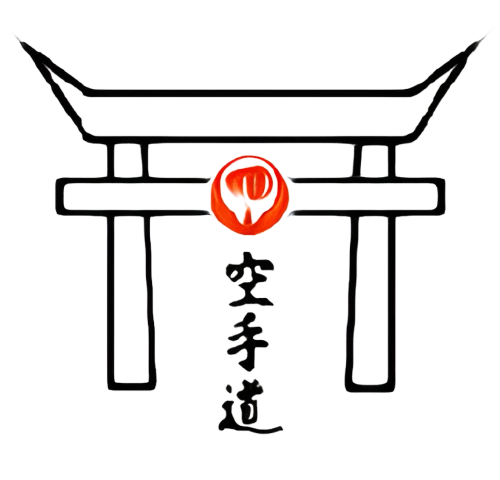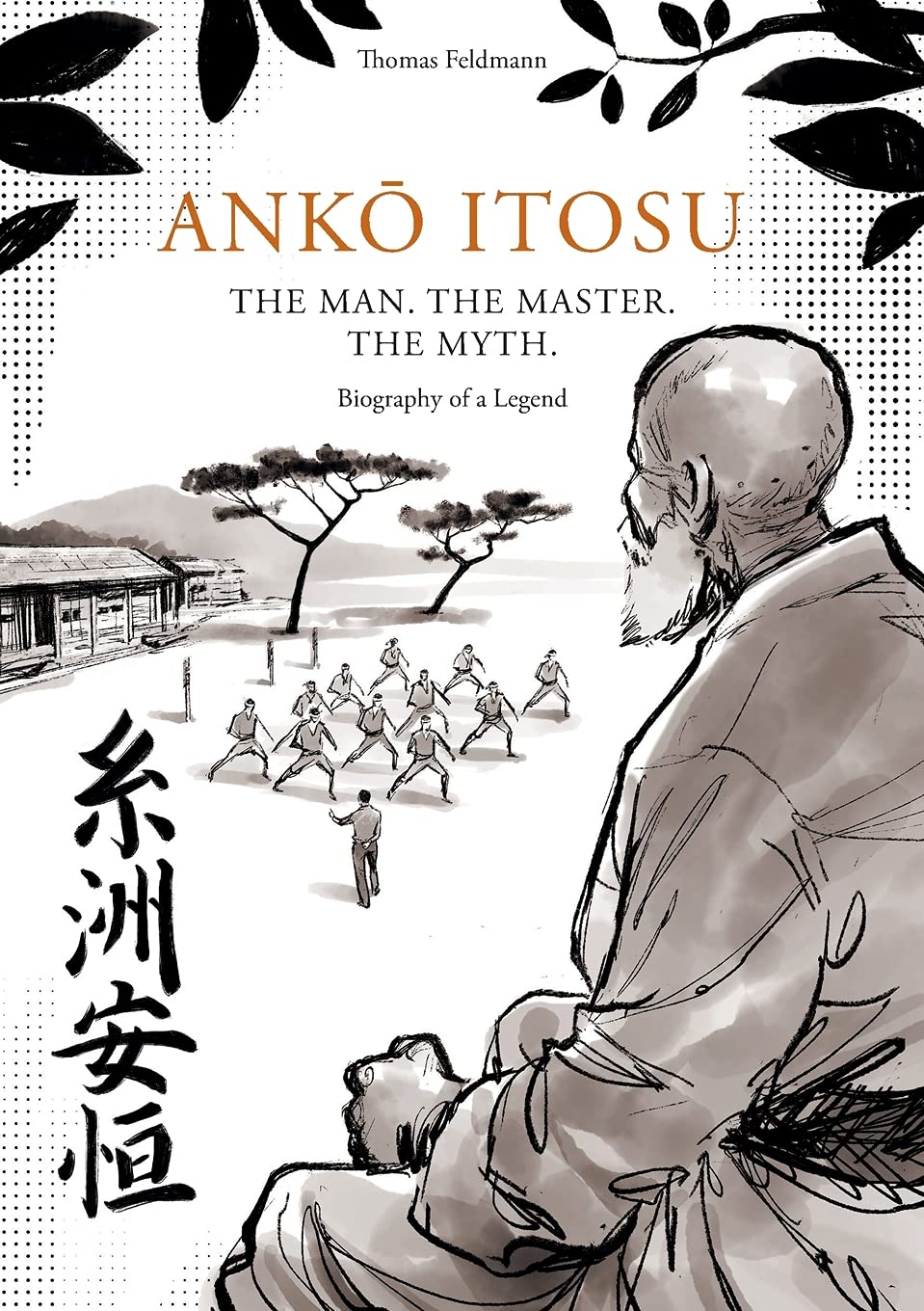Ah, Karate, the art of self-defense that has captured the hearts of millions around the world! But, did you know that Karate’s roots go back to Okinawa, Japan, where it was once a mandatory subject in schools? Itosu Anko, one of the most influential figures in Karate history, was the mastermind behind the creation of the Pinan Kata, also known as the Heian Kata. In this article, we will delve into the history of the Pinan Kata and uncover the secrets of Itosu Anko’s creation. So, fasten your obi and get ready to journey back in time.
The Early Days of Karate in Okinawa
Karate, as we know it today, has its roots in Okinawa, a small island in Japan. It was once known as Tode, or just Te, which means “hand.” It was a form of self-defense practiced by the upper class and yet it was considered a lowly and shameful activity by the Japanese “invaders”. However, Itosu Anko saw the potential in Te and set out to change the perception of this ancient art in the eyes of the Japanese.
Itosu Anko: The Mastermind Behind the Pinan Kata
Itosu Anko was a legendary figure in Karate history. He was one of the first people to introduce Karate to the public outside of Okinawa and was instrumental in making it a mandatory subject in schools. Itosu Anko saw the need for a simplified and standardized system of Karate, which could be easily taught in schools. Thus, he created the Pinan Kata, a series of five basic forms that would serve as the foundation of Karate.
The Pinan Kata: An Overview
The Pinan Kata, also known as the Heian Kata, are a series of five basic forms that were designed to teach the fundamental techniques of Karate. Each Kata consists of a series of movements, which are performed in a specific order. The Pinan Kata are often considered the cornerstone of Karate and are still taught today in many dojos around the world.
Pinan Shodan: The First Kata
Pinan Shodan is the first of the Pinan Kata and is also the most basic. It consists of 25 movements and introduces practitioners to basic techniques such as punches, blocks, and kicks. It is often taught second because its heavy reliance on the large cat stance, which can be perceived as more difficult for beginners.
Pinan Nidan: Building on the Basics
Pinan Nidan is the second Pinan Kata and consists of 21 movements. It builds upon the techniques and movements learned in Pinan Shodan, introducing new techniques such as elbow strikes and grappling techniques. This Kata is often taught first, because the solo forms are easier to perform than those of Pinan Shodan, however, the applications are a little more advanced.
Pinan Sandan: Taking it to the Next Level
Pinan Sandan is the third Pinan Kata and consists of 21 movements. In solo performance it is the shortest of the Pinan Kata and one of the shortest forms in Wado Ryu. There’s plenty of grappling and throwing in there and there are many stances that are practiced in this Kata.
Pinan Yondan: The Power Kata
Pinan Yondan is the fourth Pinan Kata and consists of 28 movements. This Kata really relies on many double handed (“Morote”) techniques and is a big leap in difficulty from the previous three. With many openhanded techniques, like Shuto, Haishu, Koken, Taisho, etc. this is a Kata that shows how rich Karate can get. A personal favourite!
Pinan Godan: The Ultimate Challenge
Pinan Godan is the final Pinan Kata and consists of 21 movements. It is definitely the most advanced of the Pinan Kata, but I would argue the leap between four and five is not as big as the one between three and four. This is the first time a Wado Ryu student would perform a jumping technique in Kata, but do not be fooled: succeeding in the jump, does not automatically make your Kata good!
The Legacy of Itosu Anko and the Pinan Kata
Itosu Anko’s creation of the Pinan Kata had a profound impact on the world of Karate. It made Karate accessible to the masses and standardized the teaching of Karate. The Pinan Kata became the foundation of Karate and are still taught today in many dojos around the world. Itosu Anko’s legacy lives on through the Pinan Kata and the countless students he influenced.
Anko Itosu – The Man, The Master, The Myth
Despite his significant contributions to the world of Karate, there are very few images of Itosu Anko. However, thanks to Thomas Feldmann’s book, “Anko Itosu – The Man, The Master, The Myth,” we can now learn more about this legendary figure in Karate history. The book delves into Itosu Anko’s life, his teachings, and his impact on the world of Karate.
In conclusion, the Pinan Kata, created by Itosu Anko, are a fundamental part of Karate. They serve as the foundation of the art and are still taught today in many dojos around the world. Itosu Anko’s legacy lives on through the Pinan Kata and his influence on the world of Karate. So, the next time you practice the Pinan Kata, remember the man who created them and the impact he had on the world of Karate.
FAQs:
What are the Pinan Kata?
The Pinan Kata, also known as the Heian Kata, are a series of five basic forms that were designed to teach the fundamental techniques of Karate.
Who created the Pinan Kata?
The Pinan Kata were created by Itosu Anko, a legendary figure in Karate history.
Why were the Pinan Kata created?
The Pinan Kata were created to standardize the teaching of Karate and make it more accessible to the masses.
What is the significance of the Pinan Kata?
The Pinan Kata serve as the foundation of Karate and are still taught today in many dojos around the world.
Where can I learn more about Itosu Anko?
You can learn more about Itosu Anko by reading Thomas Feldmann’s book, “Anko Itosu – The Man, The Master, The Myth.”

